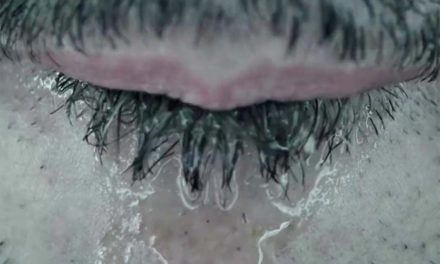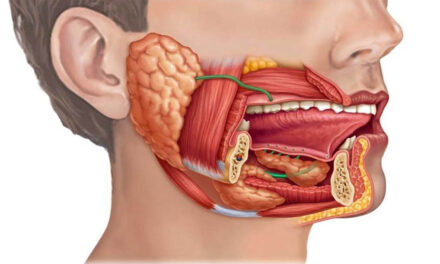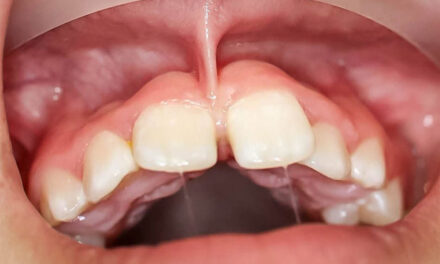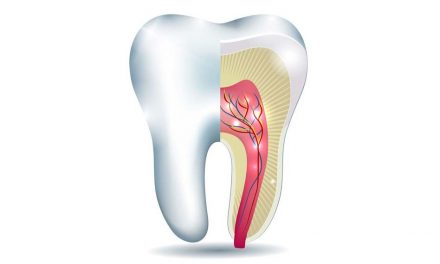The tongue is an organ in the mouth that is made out of several muscles. It is referred to a muscular hydrostat, which is a strong and flexible muscular structure that has no skeletal fibres (just like the elephant trunk or the octopus tentacles). The tongue’s main functions are tasting, chewing, swallowing, pronouncing certain letters during speech, and intimacy.
Anatomy
The tongue has four extrinsic muscles and four intrinsic muscles. The extrinsic muscles originate from the bone and extend to the tongue (the genioglossus, hyoglossus (or chondroglossus), the styloglossus, and the palatoglossus.) Their function is to allow movements of the tongue in protrusion, retraction, and side-to-side movements. There are also four paired intrinsic muscles (the superior longitudinal muscle, the inferior longitudinal muscle, the vertical muscle, and the transverse muscle). Their function is to execute minor but more precise movements of the tongue during speech, swallowing, and eating.
The upper surface of the tongue is covered with numerous papillae where taste buds may be found. Lingual papillae are small, pink-white bumps, that are short, fine, and look like hair projections. There are four types of lingual papillae:
- Filiform papillae do not have taste buds, but they perceive the sensation of touch; they are cone shaped and cover most of the surface of the tongue, giving it its texture.
- Fungiform papillae perceive all five tastes (sweet, sour, bitter, salty, and umami). They are shaped like mushrooms and they are found on the tip and the sides of the tongue.
- Foliate papillae also have taste buds, and are located on the sides at the back of the tongue. They have the shape of short vertical folds.
- Circumvallate papillae are larger and round-shaped, and they are found in the back of the tongue, all together forming a V-shape; they also have taste buds.
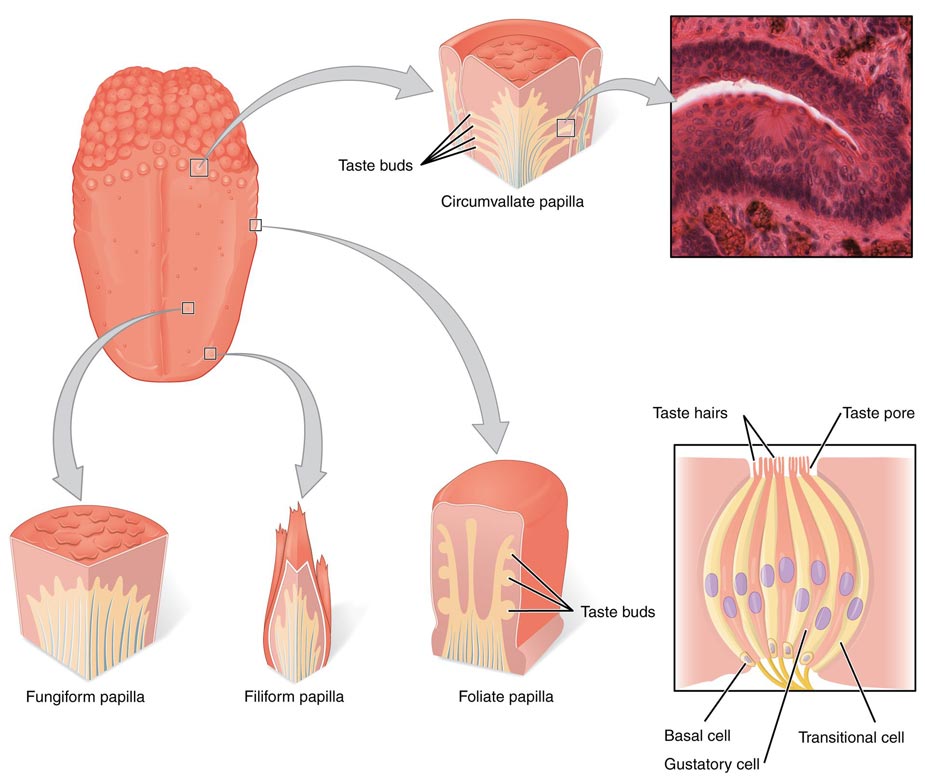
Functions
The tongue is a muscular and sensory organ in the mouth that has many functions:
Taste is acquired from chemical stimulation of taste buds, which are present on the dorsal (upper) side of the tongue, more precisely located on the fungiform, foliate and circumvallate papillae.
Mastication is achieved with teeth, but also from the crushing of foods by the tongue against the hard palate.
Swallowing occurs in several stages, one of which tongue participates by rising and projecting the food bolus into the pharynx.
Speech is partly achieved from some movements of the tongue with other structures of the mouth, enabling to pronounce precise letters.
Intimacy and sexuality have many organs, including the tongue, which is one of the erogenous zones of the body.
Diseases and pathologies
Oral candidiasis, or thrush, is a fungal infection called mycosis, of any of the yeasts of the Candida species. Candida albicans is the most common. Thrush occurs more often in people taking steroids or who have a suppressed immune systems.
Macroglossia is described by someone who has a big tongue, bigger than the normal average. This condition may have many different causes, whether congenital, inflammatory, traumatic, cancerous, or metabolic. Thyroid disease, lymphangiomas, and congenital abnormalities are among some of those causes.
Geographic tongue is an inflammatory but harmless condition that affects the surface of the tongue. There are ridges on the surface of the tongue where papillae are missing, giving the appearance of smooth, red “islands,” often with slightly raised borders. These patches and ridges give the tongue a map-like, or geographic, appearance.
Atrophic glossitis, or bald tongue, is when the tongue is smooth rather than bumpy. Sometimes this is due to anaemia or a B vitamin deficiency.
Canker sores, or aphthous ulcers, are small and painful ulcers that appear periodically on the tongue or other places of the mouth. The cause of canker sores is unknown but they are relatively common. It’s important to distinguish them with cold sores caused by herpes viruses. Canker sores are not contagious.
Oral leukoplakia are white patches that appear on the tongue and cannot be scraped off. Leukoplakia may be benign, or may progress to oral cancer.
Hairy tongue is when the lingual papillae are tinted with either food or tobacco coloring, giving it an appearance that ranges from white, to yellow/brown, to black. Scraping off the papillae (with a toothbrush) corrects this harmless condition.
Herpes stomatitis, or cold sores, are lesions caused by the herpes virus, and that are located on the tongue, and other parts of the mouth. This is a viral infection, and it is contagious.
Burning mouth/burning tongue syndrome is when the tongue feels burned of injured, or when there are strange tastes or sensations. This is a relatively common problem, mostly harmless, and may be caused by a mild nerve problem.
Lichen planus is a chronic mucocutaneous disease that is harmless, and that affects the skin, tongue, and oral mucosa. The cause is unclear; however, it is believed that there is a contribution of the immune system attacking the skin and lining of the mouth. Lichen planus may be associated with taking certain medications, or to systemic diseases.
Oral cancers are malignant tumours, which means they can be life threatening if not diagnosed and treated early. When the tongue is involved, they tend to look like an ulcerous growth, or a white spot of various sizes. Oral cancers are more common in people who smoke and/or drink alcohol heavily.
References
- Liancai Mu, MD, Ph.D., and Ira Sanders, MD. (Human Tongue Neuroanatomy: Nerve Supply and Motor Endplates). Clin Anat. 2010 Oct; 23(7): 777–791.
- Matteo Saccucci, Gabriele Di Carlo, Maurizio Bossù, Francesca Giovarruscio, Alessandro Salucci, and Antonella Polimeni. (Autoimmune Diseases and Their Manifestations on Oral Cavity: Diagnosis and Clinical Management). Journal of Immunology Research 2018 October;Volume 2018, 6 pages.
- Bruno Bordoni, Bruno Morabito, Roberto Mitrano, Marta Simonelli, and Anastasia Toccafondi. (The Anatomical Relationships of the Tongue with the Body System). JournalName Cureus. 2018 Dec; 10(12).
- Wikipedia, (Tongue).
- Mayo Clinic, (Geographic tongue).
- WebMD, (Picture of the tongue).
- Wikipedia, (Lingual papillae).
The information above should be used as a reference only. Any medical decision should not be taken before consulting a health care professional.


